I’ve been traveling to and from Japan for almost 25 years and in that time I’ve seen many parts of the country and have fallen in love with aspects of many of the cities, large and small. Were I to list all the places it would make this quite a long post. They can be similar in many ways but have various things to set them apart from one another as well. I have yet to see all the places within the country that I still wish to explore and yet up o this point, Kyōto still holds top spot as my favourite destination; not merely the city, but the prefecture as a whole. It is the cultural heartland of the country. I’m sure there are many who might try to dispute that, but the ancient capital (at least the most famous of the ancient capitals – Osaka and Nara also hold the distinction) has had a centuries-long hold on those who are inclined toward the history and culture of Japan. The aforementioned “many fabulous places” aside, that statement is accompanied by a very large, “however”.
Many of the more prominent parts of Kyōto city have always been busy. Shortly after Commodore Perry sailed his “black ships” into Tokyo Bay and forced Japan to reopen its borders to the rest of the world in 1853, many of the same sights that fascinated tourists then remain popular with tourists today. If you haven’t done so, it’s fascinating to read some of the personal accounts and travel books from the mid to late 1800’s and read what they had to say about such spots as Ginkaku-ji, Arashiyama, Gion, and others. Daily life in Japan was certainly considerably different at that time but to have the kind of unfettered access now as they did then to these areas would be phenomenal. Sadly, what with the favourable currency difference and ease of travel available to travellers now, the same throngs of tourists that I mentioned in my previous Himeji post are even more-so in Kyōto. But if you’re willing to venture away from the prime locations, or go early enough to beat the crowds, there are plenty of gems to be found.
We did two trips into Kyōto in weather conditions on opposite ends of the spectrum. The first day was sunny and warm, a proper spring day. We ventured in from Osaka via the Hankyu line (my favourite way of getting between Kyōto and Osaka) early enough to beat most of the hordes that would be stopping in at Nishiki Market. Unfortunately, not early enough to bet everyone who wanted to visit Nijō castle. I learned much later that this has become a location to avoid when visiting Kyōto. I had originally wanted to take my friend to see the Imperial palace which is close by, but you need to book in advance. Even attempting to book more than two months ahead of the trip was a failure as all the spots during our time were already booked. I thought Nijō would be a good second choice. Like Himeji castle, Nijō used to be easy to access and take your time going through. We did manage to take advantage of the mini festival going on outside the main hall where I introduced my friend to takoyaki (octopus inside a ball of dough with green onions, sauce and mayo on top) and “matcha sofuto” (matcha soft serve ice cream). You may be saying that you’ve had soft-serve before. Not like this, you haven’t. At least the gardens are expansive enough to get some breathing room once getting away from the throngs inside the main hall. Where we really managed to find some peace was on the way back toward the station in Tenshō-ji and its “bochi” (graveyard). It’s tucked in off of Teramachi at the Nijō end of things. We spent about an hour or so taking photos around the grounds and in the graveyard. We were the only ones there for the entire time and yet spitting distance away was the slightly controlled chaos of Teramachi shōtengai (shopping street).
Our second trip into the old capital was in less favourable weather, but that was actually according to plan. I always try to visit the tiny Kahitsukan Museum of Art in Gion as they often have fantastic photo exhibitions and spectacular books that accompany the exhibits. This time was French photographer Marc Riboud on exhibit but I’ve also seen shows highlighting Elliott Erwitt, Henri Cartier-Bresson, Robert Doisneau and Araki Nobuyoshi. I often wonder how it is they are still in operation because I’m usually all alone in the building whenever I visit. I’m just happy they seem to make a go of it and hope they continue to do so. Since we were literally just down the street, I took my friend down to one of the major temples in the area, Kennin-ji. Most people stop in to see the dragons painted on the ceiling of one of the sub-temples. They’re wonderful and certainly worth seeing, but I tend to visit temples for the gardens. There’s something wonderful about Japanese gardens in the rain. Since we were relatively close by and with enough time before it closed, we headed over further into Higashiyama to visit another of my favourite temples that still manages to fly under the radar of most tourists – Shoren-in. Fronted by ancient, majestic camphor trees, every time I visit it’s just an oasis of calm. I love being able to sit on the tatami mats of the hall with the big windows open and just let the peacefulness of the garden soak in. Next trip, I’ll most certainly be venturing further afield to explore more of what I have yet to see.
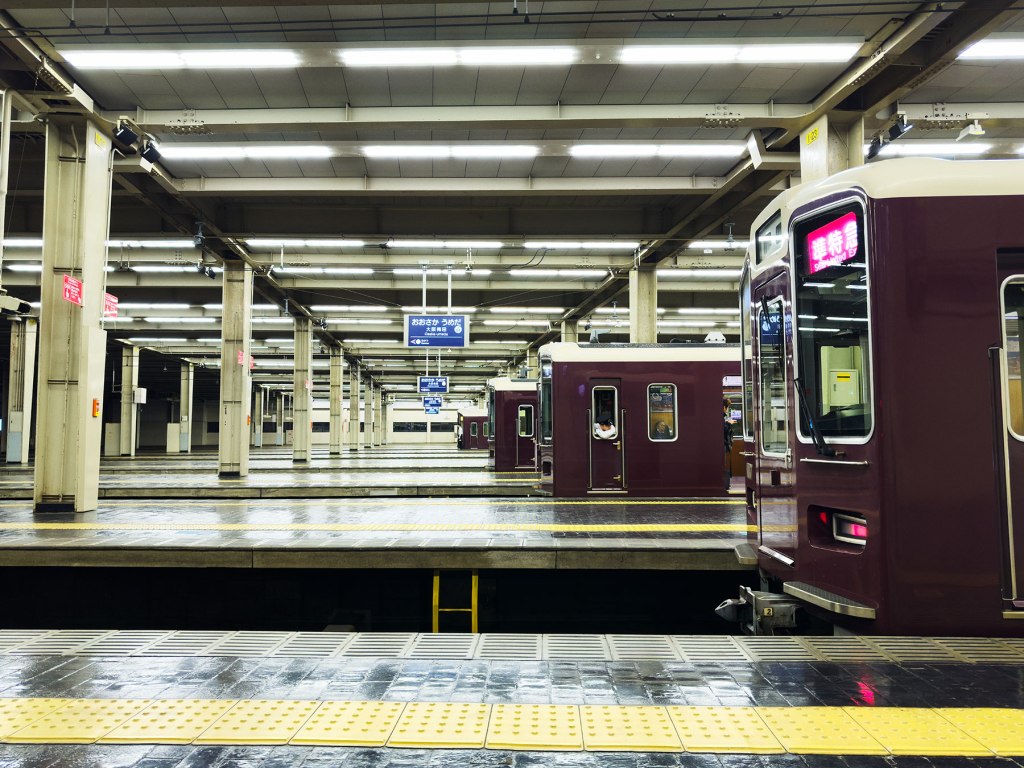

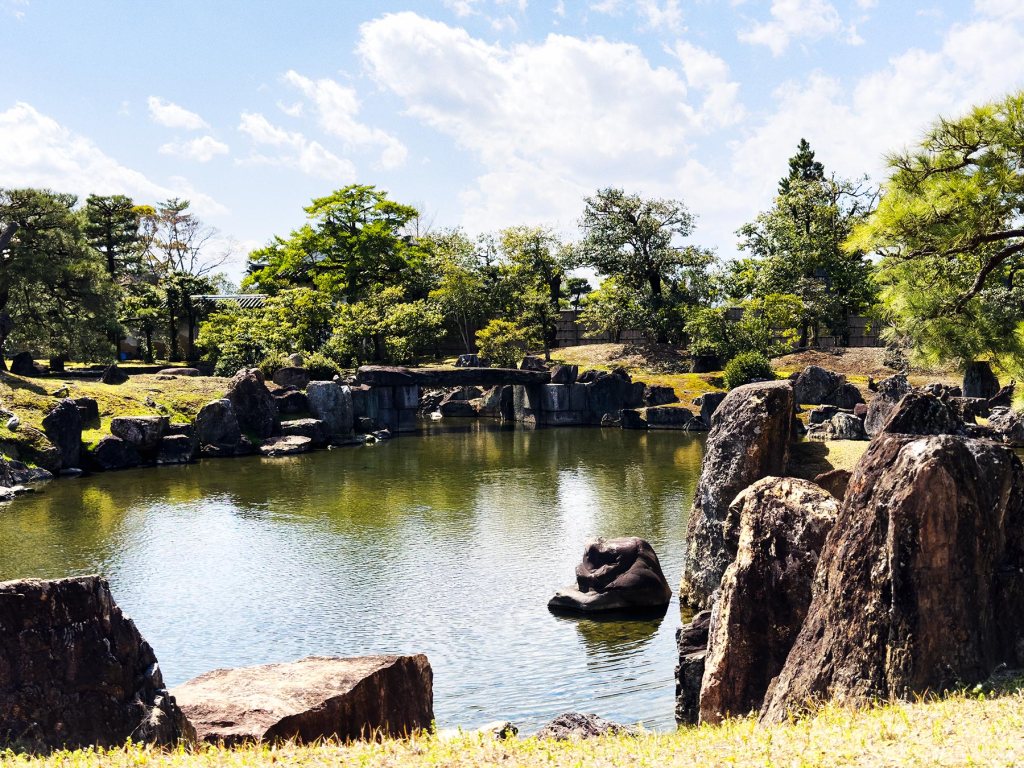
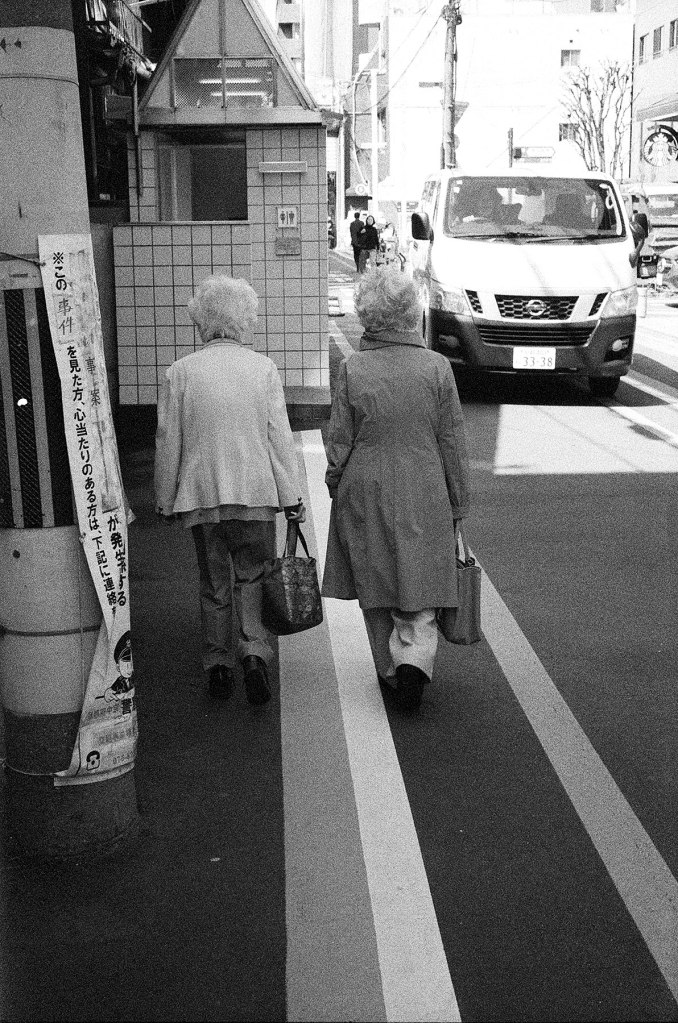
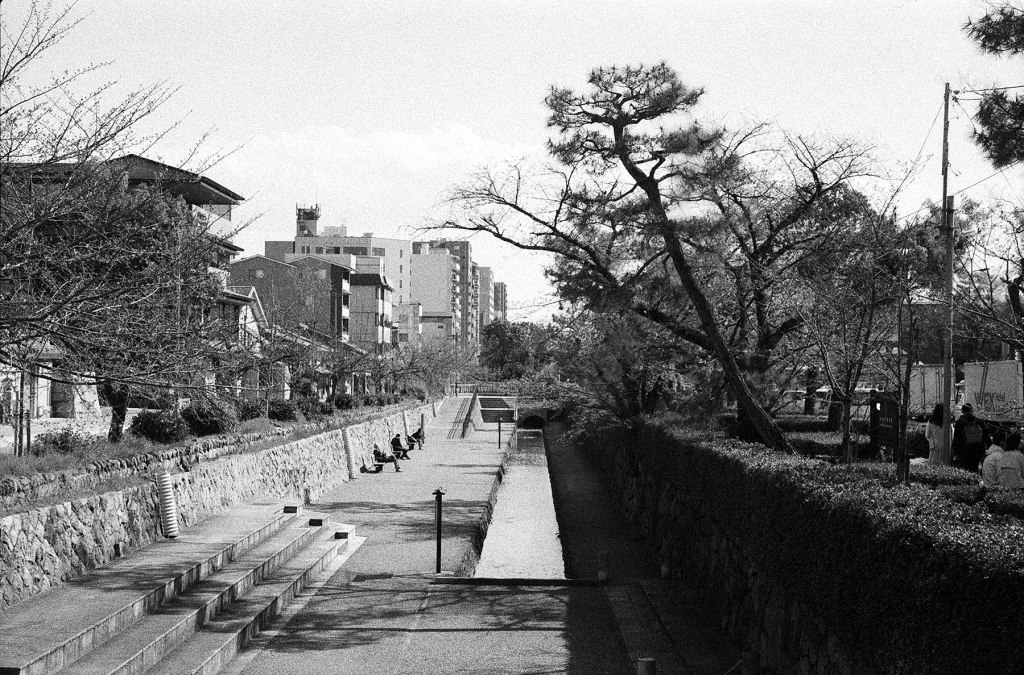
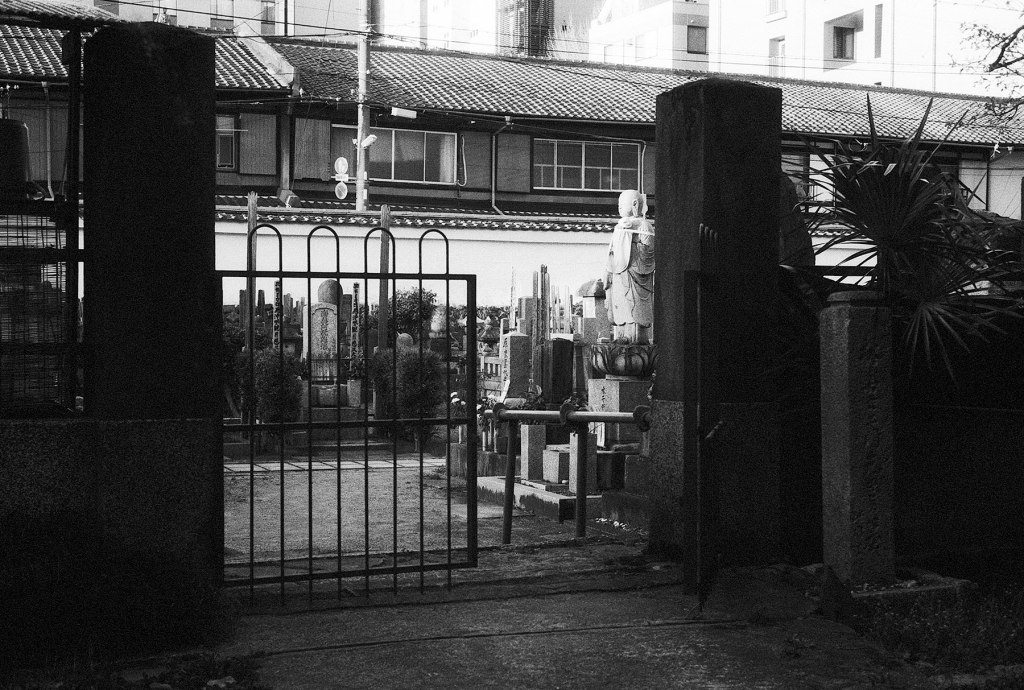
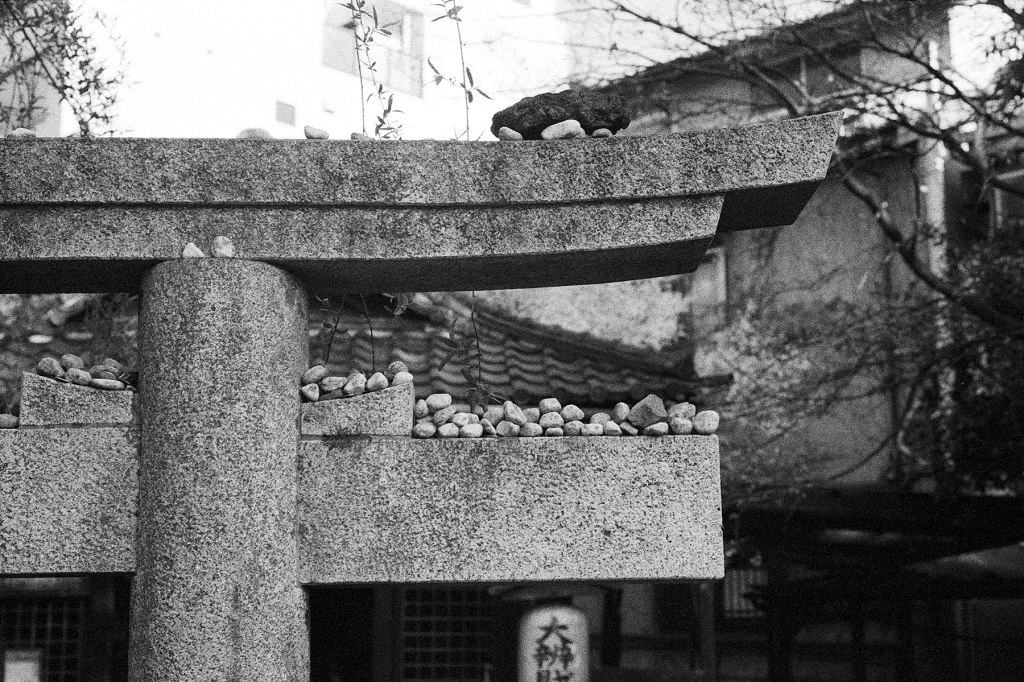
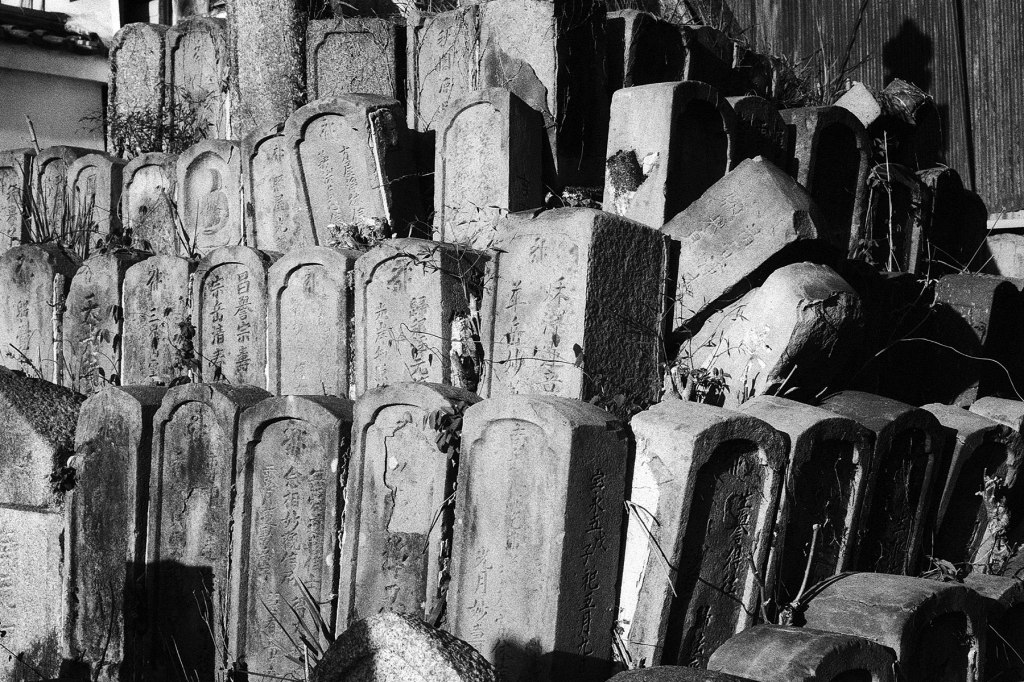
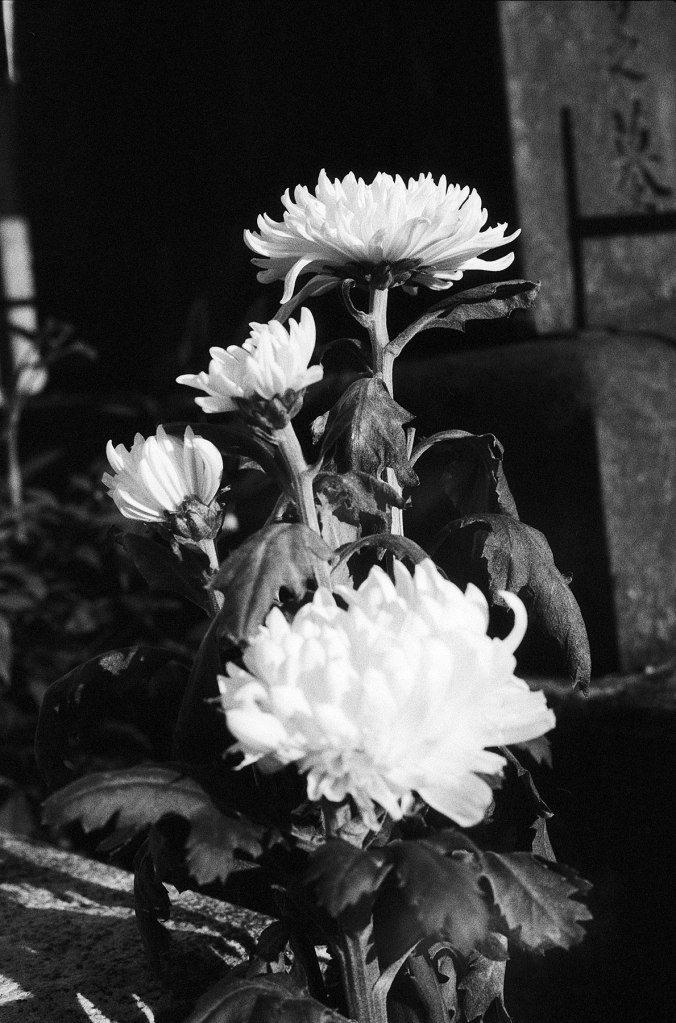
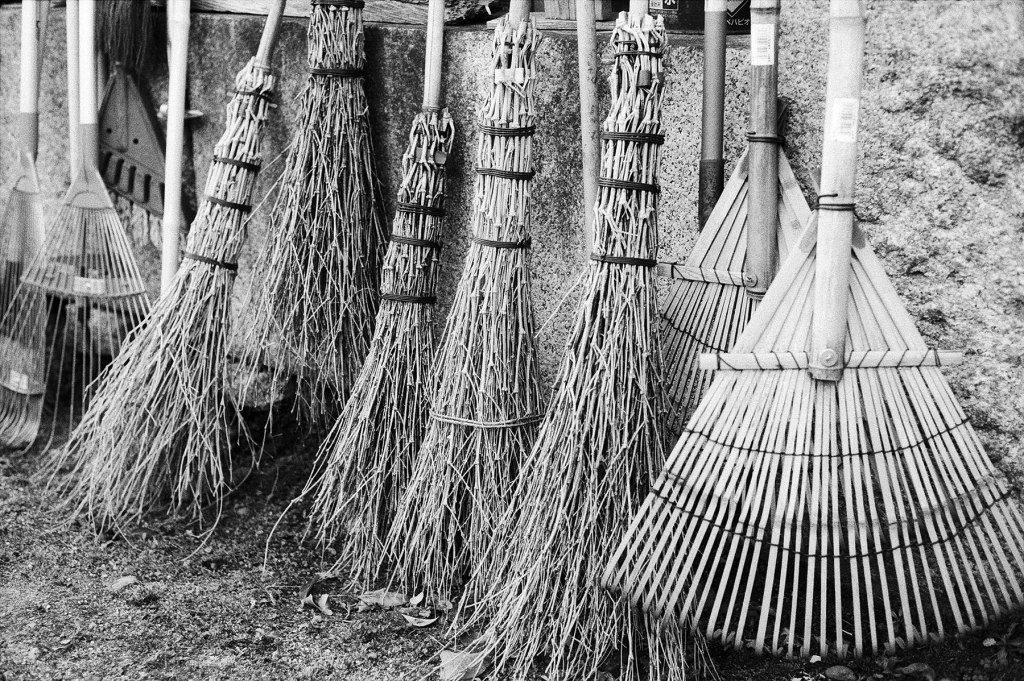
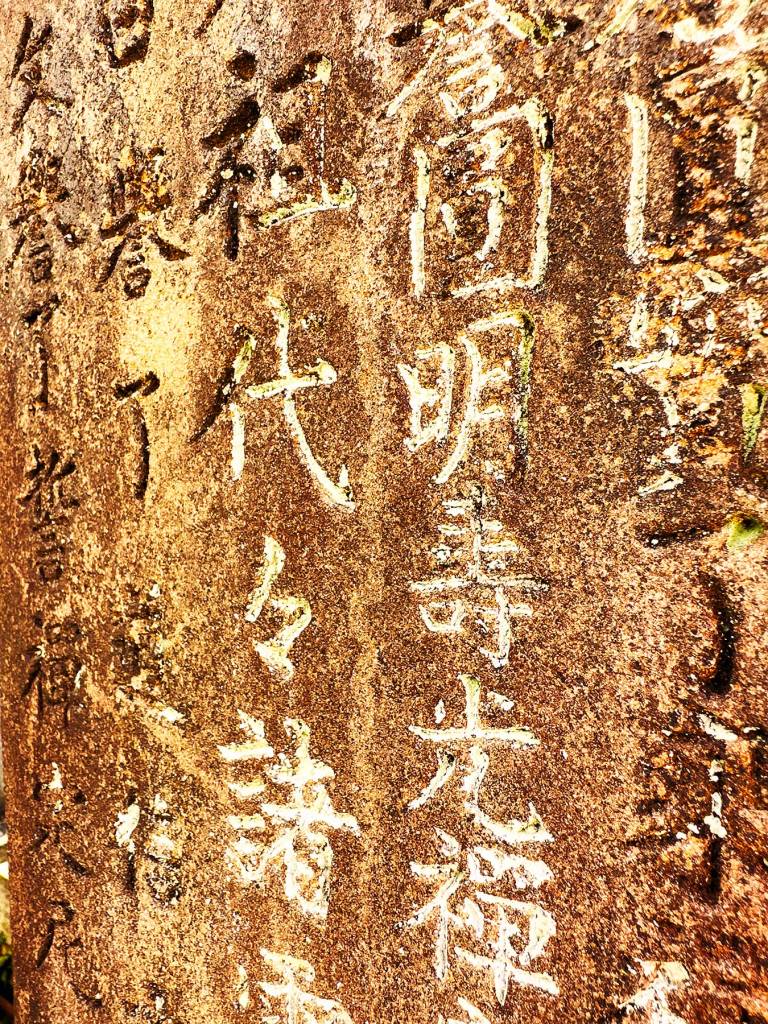
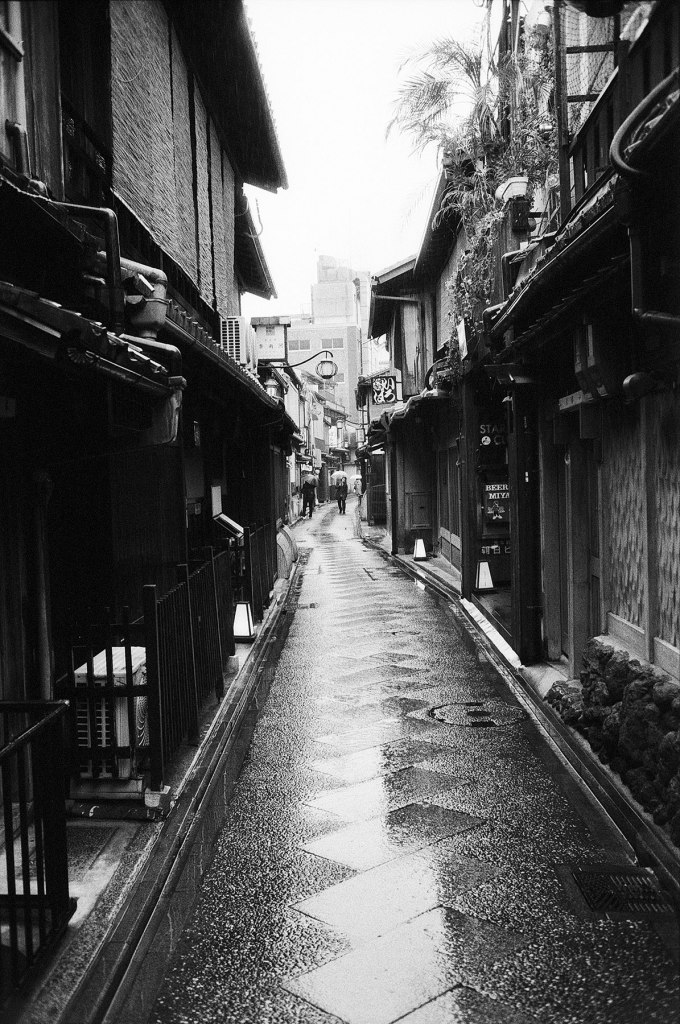
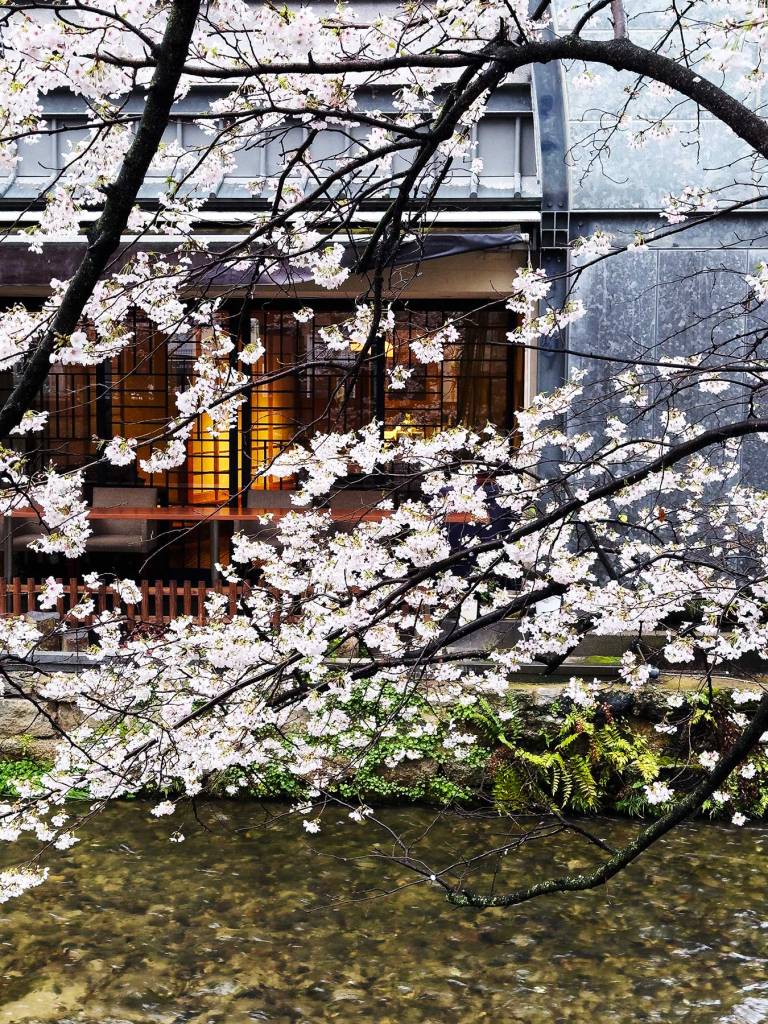
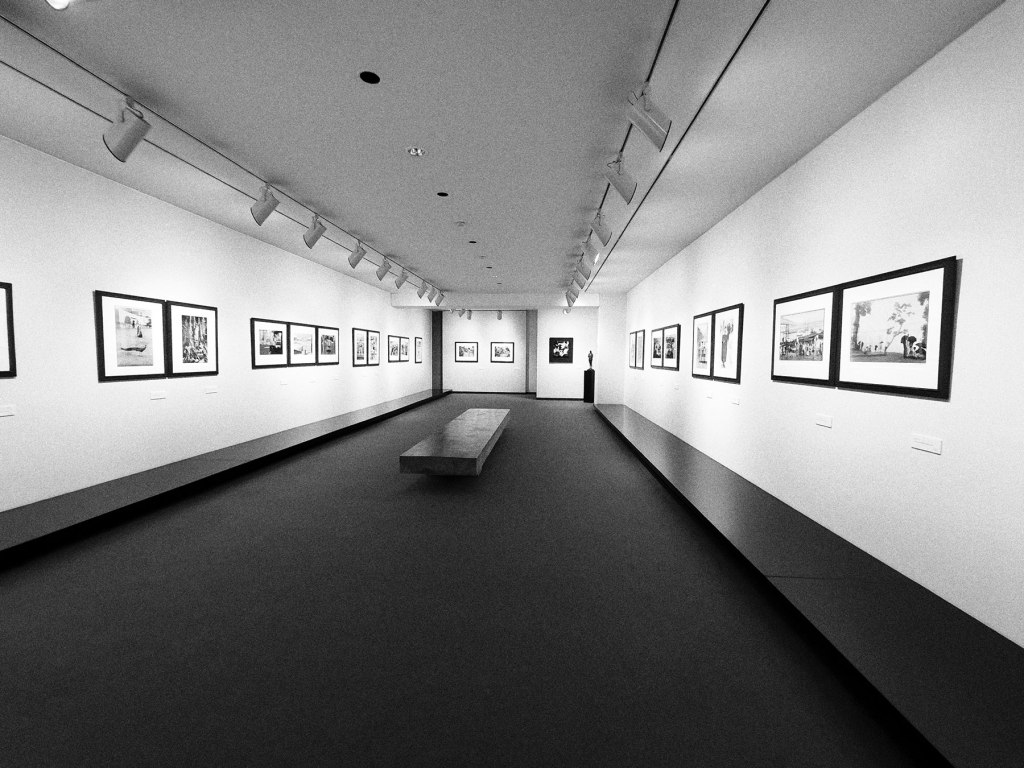
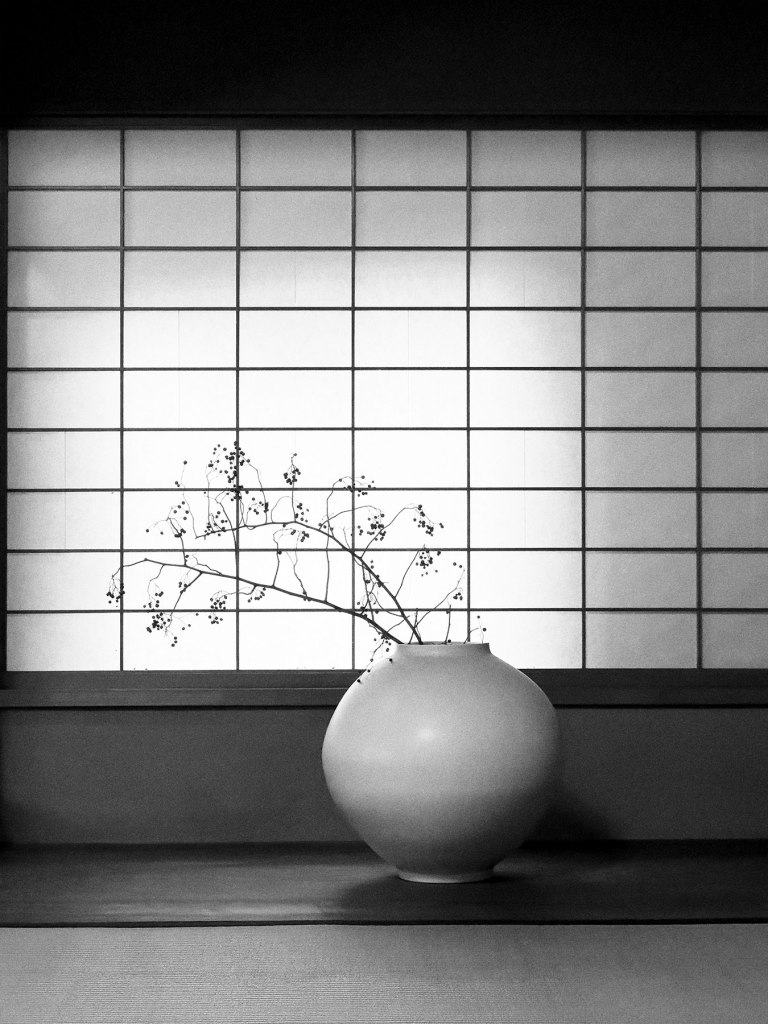
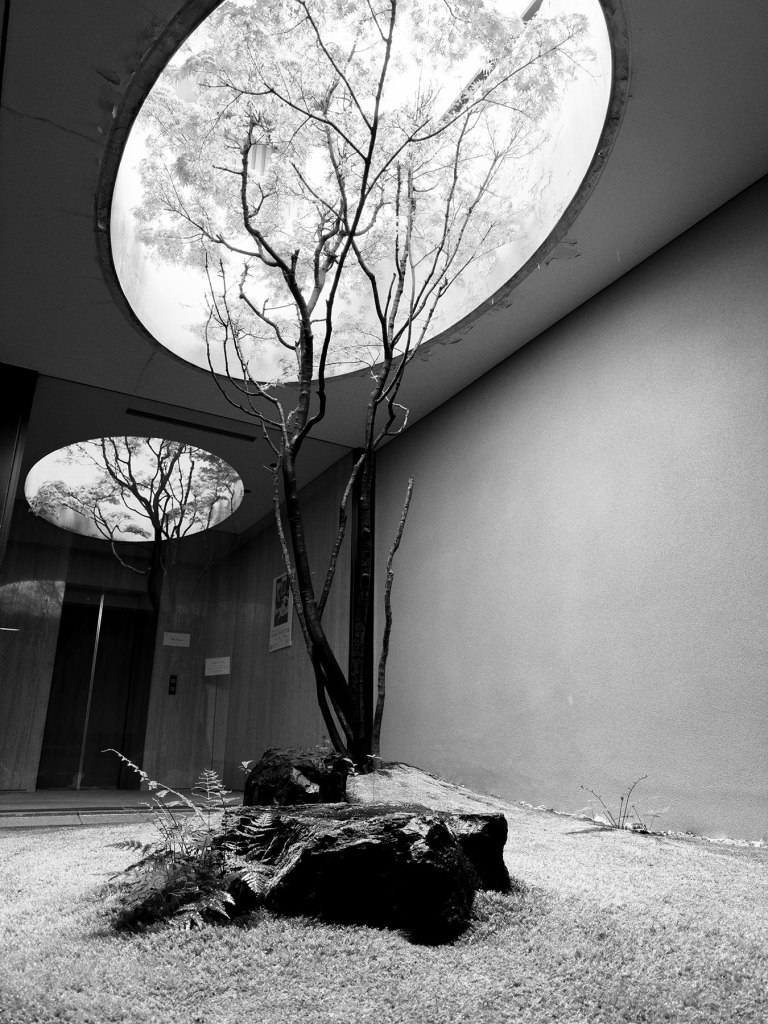
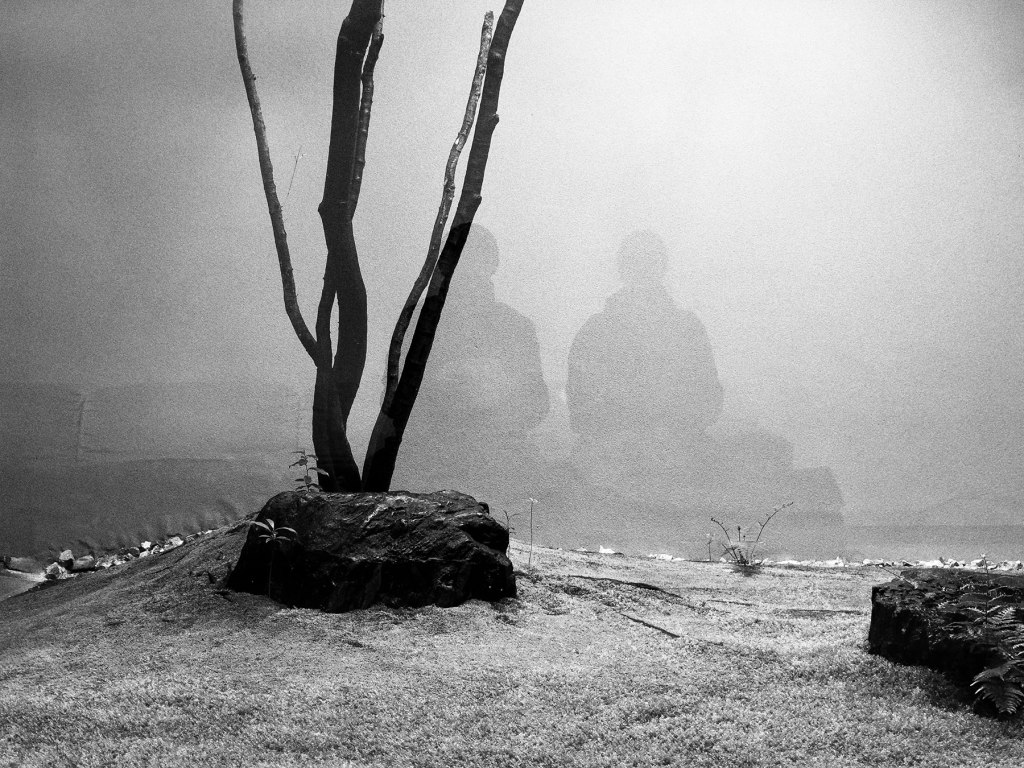

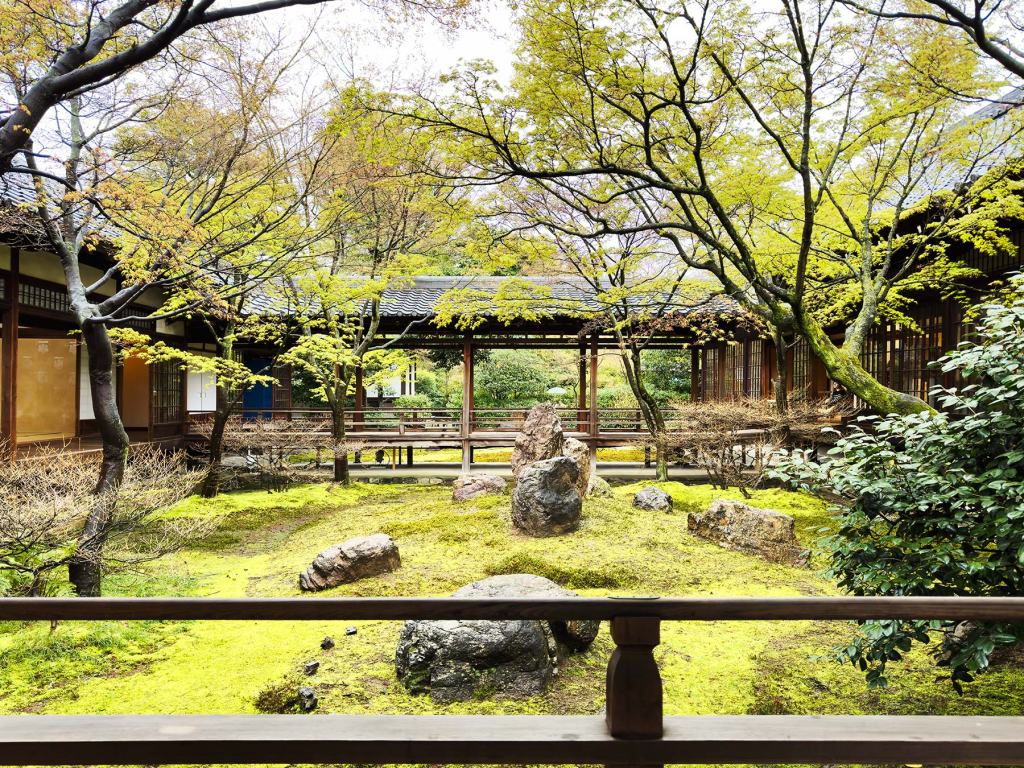
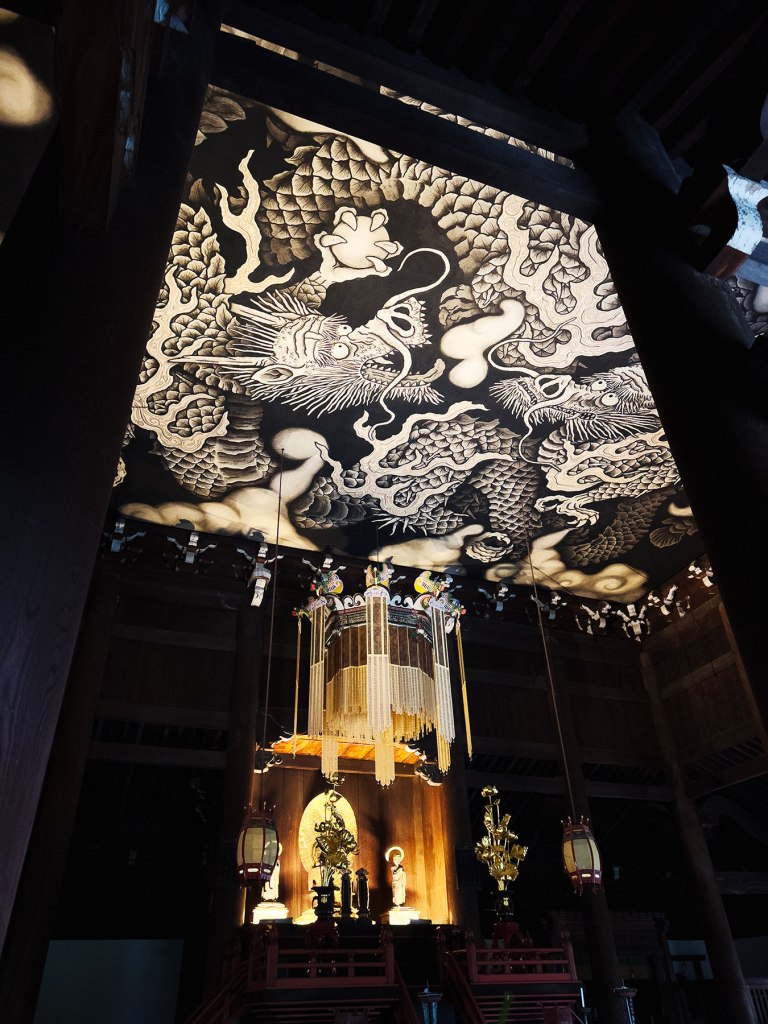

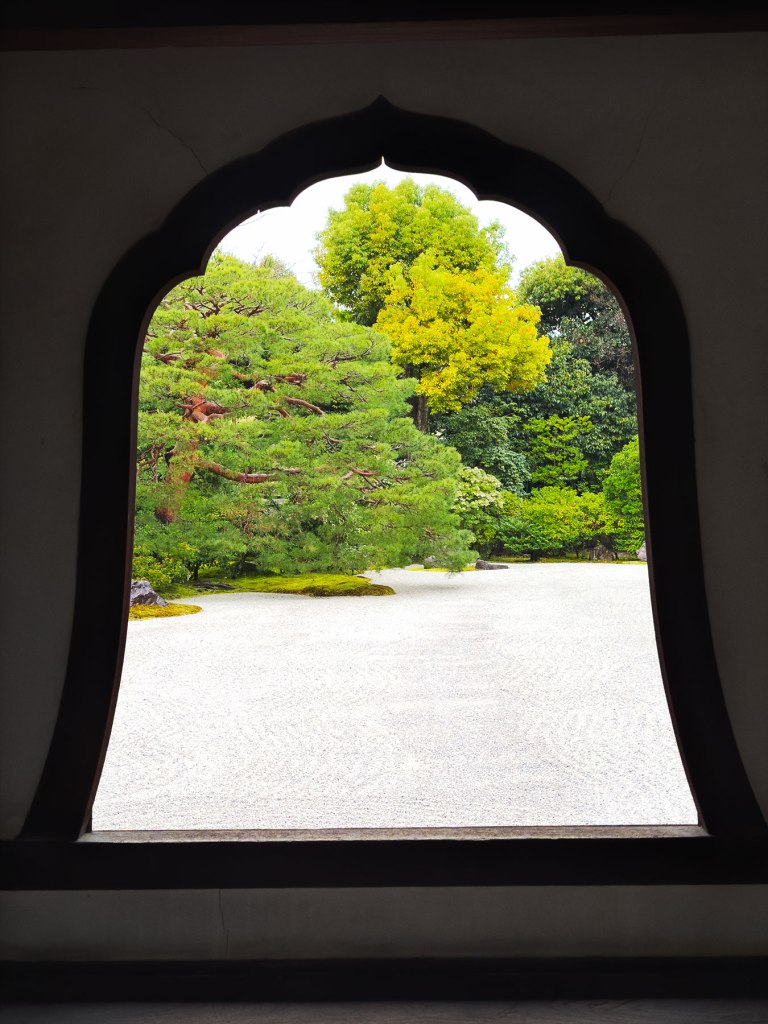
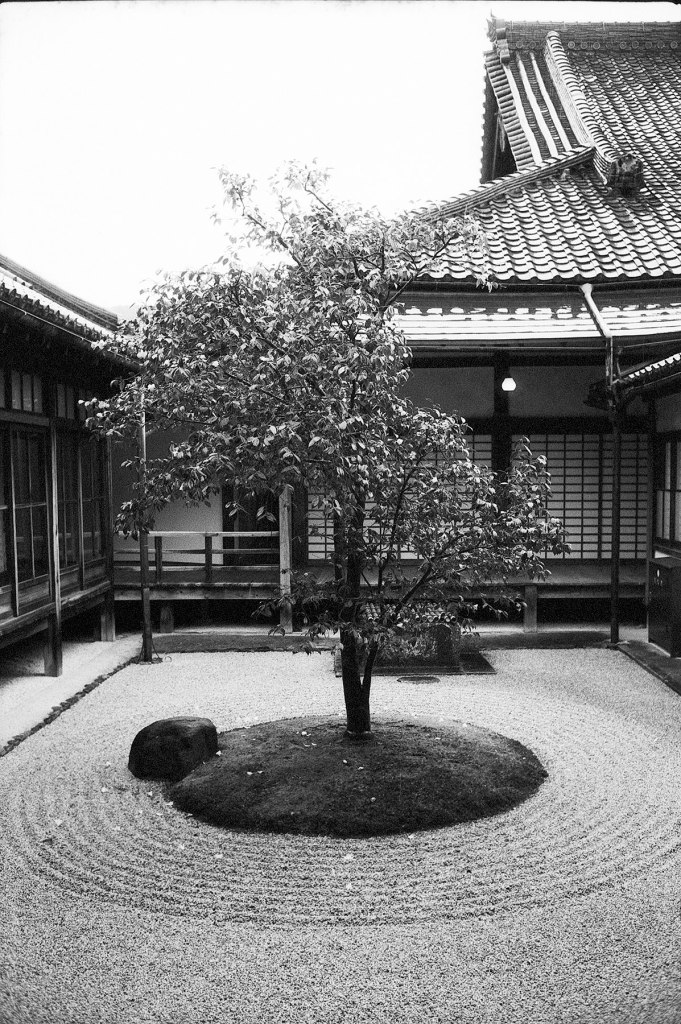
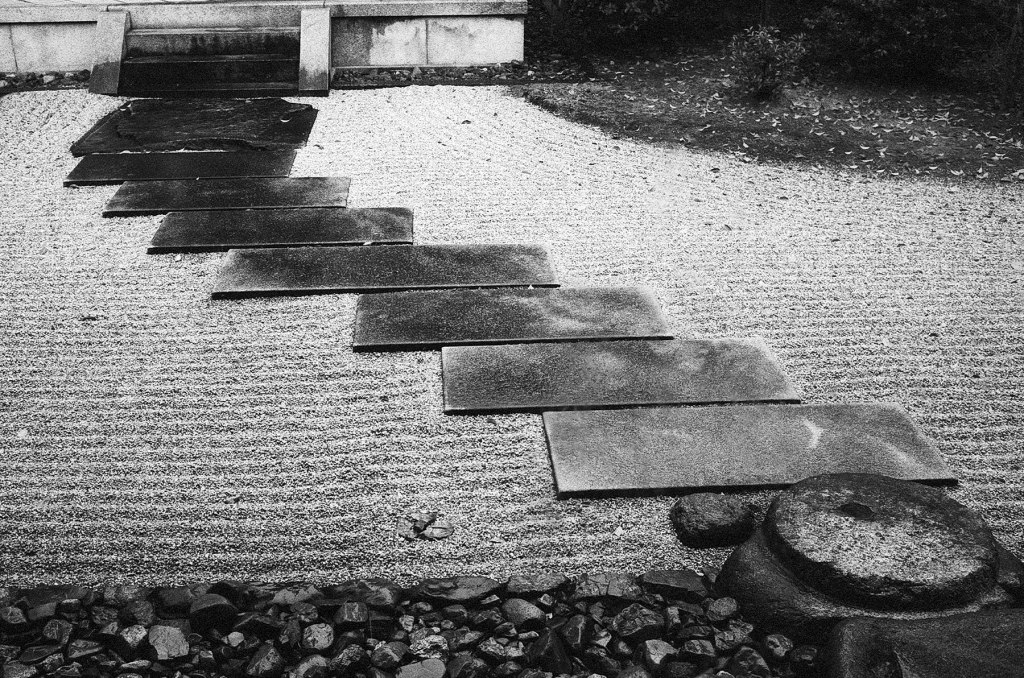
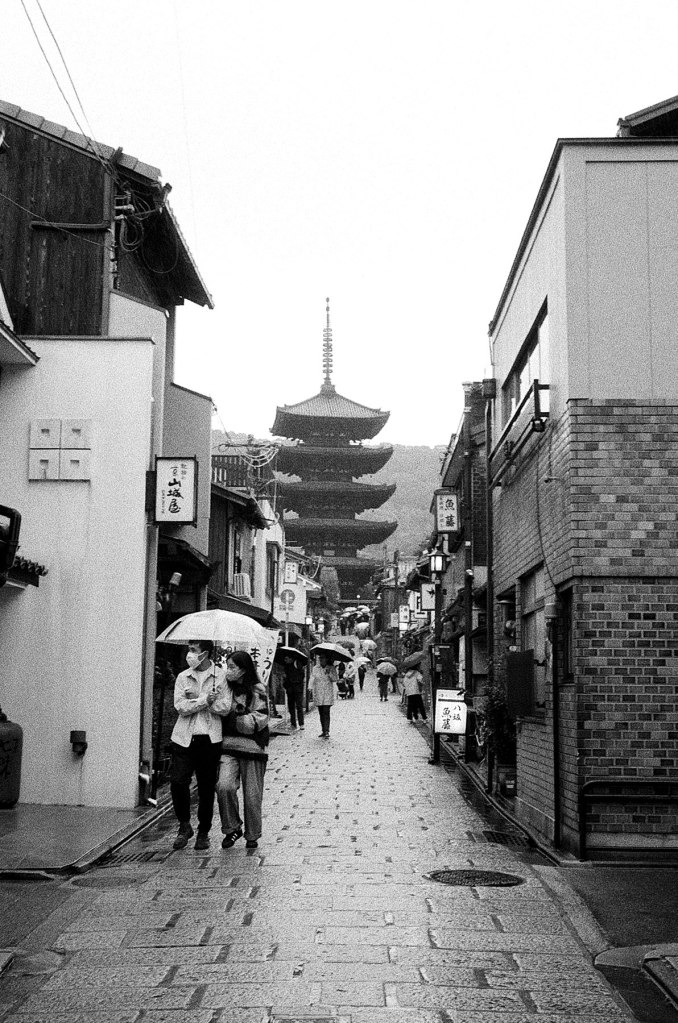
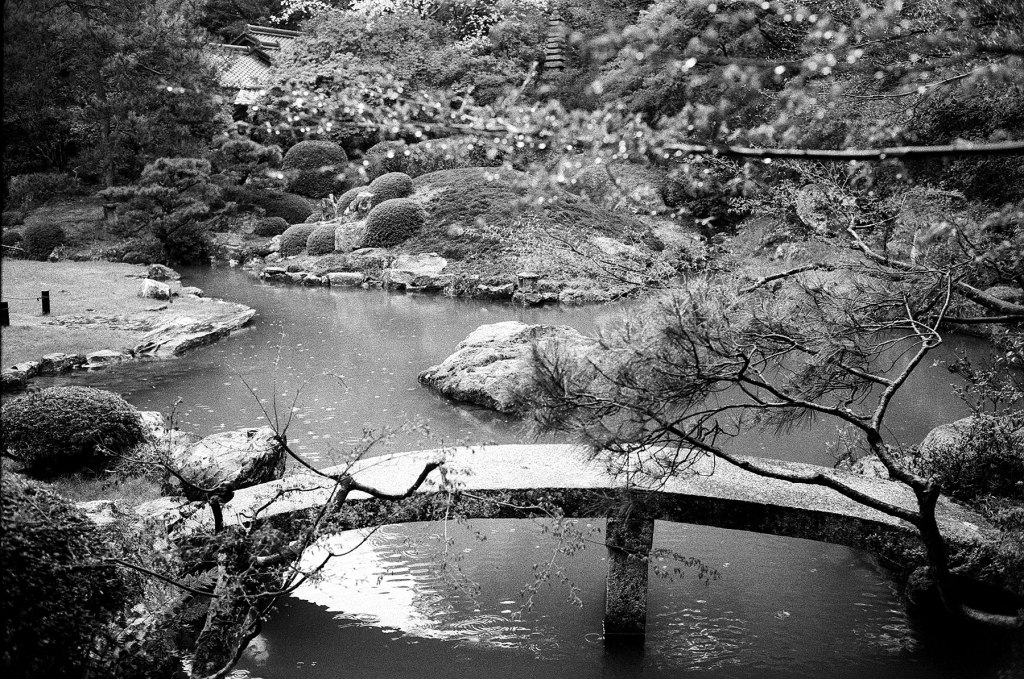
Stunning photos and more reasons to visit this gorgeous country properly one day.
LikeLike
Yes, absolutely. We need to work on that again.
LikeLike